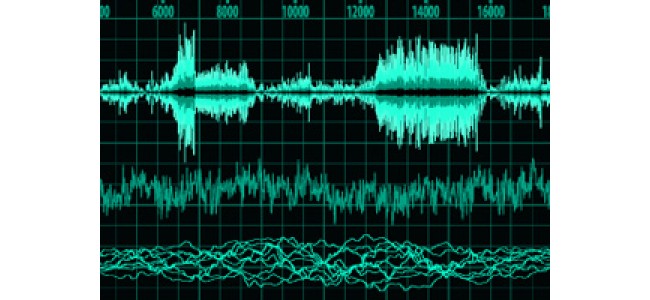- Radio Waves
- different types of wave
different types of wave
While all waves adhere to the principle of “transport of energy without moving matter”, wave forms consitiute a vast family of forms within which one can ideintify types with varied physical properties.
Specifically, there are two broad classes of waves: mechanical waves which must pass through physical matter in order to propagate, and electromagnetic waves which need not to do so.
Mechanical and acoustic waves
Simply tapping a finger on the corner of a table creates mechanical waves that spread in the air (the sound of tapping) and in the table (as vibrations. Water waves are another example – from the ripples on a pond up to a tidal wave. Seismic waves belong to this category: they are created by deep geological shocks and propagate through the Earth’s crust.
At the other end of the scale, plucking on a stretched rubber band makes it vibrate, generating mechanical waves that move through the rubber.
Sound is even more universal: it is a wave generated by the mechanical vibration of a material and moves through air or water. These so-called acoustic waves are particularly easy to use and adjust or ‘modulate’: if speak in one direction or another, shout or whisper – each such change will alter the wave length, amplitude and frequency of the sound.
Electromagnetic fields
Electromagnetic waves (also known as Electromagnetic fields or EMF) form an equally varied category, which can be classified by frequency bands: this is known as the electromagnetic “spectrum”. It extends from the lowest frequencies (those of power lines, for example) to the highest frequencies (UV, X-rays, gamma rays). In between are radio waves (or radio frequencies), found naturally and used in communications and of course, light. Everything our eyes see is transmitted by EMFs the frequency – or colour – of which corresponds to the “visible” band of the spectrum. What then distinguishes EMFs from acoustic waves? They, EMFs, do not require any medium to move at very high speeds over vast distances (like starlight), or to travel through empty space or pass through specific materials.
Ionising and non-ionising waves: no confusion allowed!
The frequency of a wave also reflects the amount of energy it can carry. At very high frequencies, that is to say well above the visible spectrum, this amount of energy is so significant that it can modify the structure of the matter it crosses: for example, by altering a molecule, releasing an electron from an atom and so transforming it into an ion.
This wave category, known as “ionising radiation” is a health risk in case of prolonged exposure. This is why it is inadvisable to spend too much in ultraviolet tanning booths, and why medical imaging operators shelter behind X-ray shields and lead aprons.
Conversely, all waves below the visible spectrum (and particularly radio waves) do not carry sufficient energy to break an atomic or molecular bond.
Many uses
The different frequency bands each have their applications, including the following:
Low and very-low frequencies (below 50 kHz) are used in some underwater communications (hydrophone), or even metal detectors, and are emitted by transmission lines for electricity.
From about 100 kHz to 300 GHz, radio frequencies are the preferred spectrum band for telecommunications: radio, television, radar, wireless telephony, mobile telephony, Wi-fi, etc.
Infra-red waves are used in remote controls, night-vision equipment or even devices such as lamps for breeding incubators. Providing that very specific security measures are taken, ionising radiation also has its uses. Thus, ultra-violet rays lie behind such diverse uses as tanning booths, counterfeit banknote detectors and devices for DNA sequencing.
It is in the higher ultraviolet range that a transition from non-ionising to ionising radiation takes place. And, subject to specific safety rules, ionising radiation can be useful. X-rays are used for medical radioscopy, but also for the security of public places (luggage scanners) as well as in industry, especially for the checking of metallurgy parts like jet turbine blades. Finally, gamma rays have several medical applications in diagnosis (scintigraphy) and therapy (radiotherapy).
